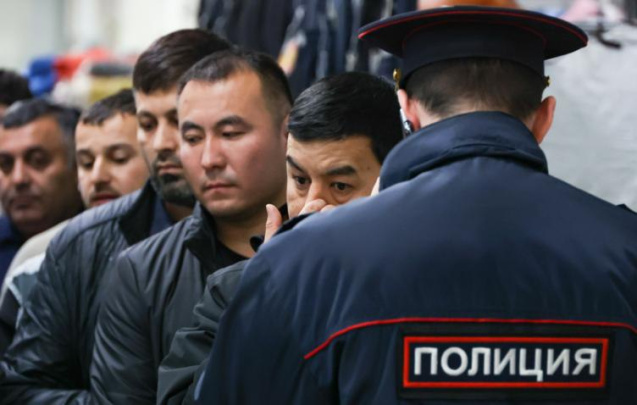In the first half of 2024, Uzbekistan's foreign trade volume amounted to $31.82 billion, according to a report by the Statistics Agency.
The growth compared to the previous year expanded to 8.5%—three times more than in May. Exports reached $12.99 billion, increasing by only 5.5%. Meanwhile, imports grew by 10.6% to $18.83 billion.
Gold sales since the beginning of the year totaled $4.19 billion (-4.1%), or 34% of all exports. In June, Uzbekistan did not sell any precious metal.
China remained the main trading partner with $5.89 billion, of which $4.9 billion was provided by Chinese exports. Russia was second ($5.75 billion), retaining its position as the main export market ($1.73 billion).
The top five trading partners also included Kazakhstan ($1.91 billion), Turkey ($1.43 billion), and South Korea ($1.06 billion). Trade with France ($563.4 million) increased 1.5 times, and exports nearly doubled ($384.9 million).
Exports
Apart from gold, manufactured goods remain the main export item for the country. Since the beginning of the year, revenue from their exports reached $2.06 billion (-3%).
Revenue from textile and fabric exports grew to $1.05 billion (-1.8%). Shipments of non-ferrous metals decreased by 3.8% to $688.2 million, and exports of steel and cast iron fell by 14.5% ($103.6 million).
Food exports moved to second place with $851.5 million (-2.3%). The main share went to vegetables and fruits ($617.2 million, +6.9%), as well as grains ($164.3 million, -32%).
Chemical product exports amounted to $764.3 million (+31.2%). Inorganic substances showed a growth of more than two-thirds—to $415.1 million, followed by fertilizer shipments with $151.1 million (+21.8%).
Machine engineering product shipments decreased by 1.1% to $593.3 million. The leading item was the export of cars and their components, although it fell by a quarter—to $168 million.
At the same time, exports of "other transport equipment" increased 4.5 times ($111 million). Shipments of electrical equipment decreased ($97.6 million, -12.8%), industrial machinery and equipment ($38.4 million, -12.8%), telecommunication and recording equipment ($31 million, -47.3%), and data processing equipment ($3.9 million).
Exports of consumer and other goods totaled $540.3 million (-13.5%). Revenue from clothing exports amounted to $450.5 million (-15.4%), while "various finished products" grew by 26.6% to $57 million.
Oil product shipments increased 2.5 times (to $285.4 million), and electricity exports rose almost by half ($66 million). On the other hand, gas exports fell by 8.3% ($241.4 million).
Imports
In the import structure, machine engineering products lead with $6.79 billion (+5.6%). Car and component imports amounted to $1.66 billion (-9.6%), electrical equipment—$964.3 million (+72.2%), energy generators—$489.5 million (+41.1%), and communication devices—$464.6 million (+14.5%).
The second position is occupied by manufactured goods—$2.84 billion (+2.1%). Imports of cast iron and steel grew ($1.25 billion, +12.8%), wooden products ($184.3 million, +7.6%), and non-ferrous metals ($171.8 million, +18.7%).
Chemical industry product imports increased by 1% to $2.29 billion. Spending on medical products amounted to $890.9 million (+26.6%), and plastics—$375.6 million (-8.4%).
Fuel and lubricants shipments totaled $2.12 billion (+65.8%). Gas imports from Russia and Turkmenistan increased fourfold, exceeding $800 million. Spending on oil and oil products was $1.14 billion (+24%), and on coal—$84.6 million (+4.5%).
Imports of foreign foodstuffs amounted to $1.71 billion (+0.7%). Grain products accounted for $431.5 million (-29.4%), sugar and confectionery—$297.7 million (+12.1%), and vegetables and fruits—$237.5 million (+35%).






